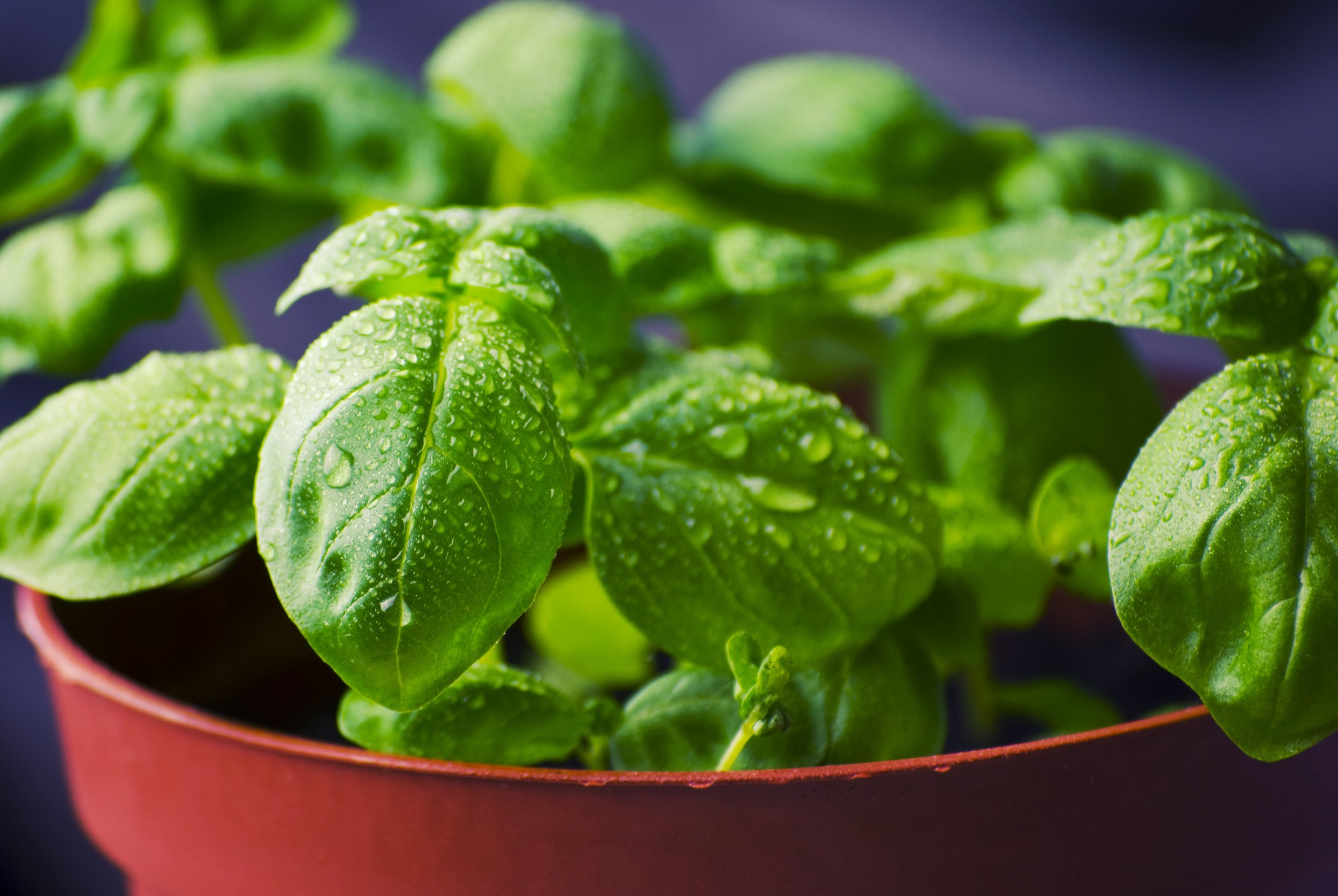Pinching Basil Plants: Unlocking Their True Potential
CC0 Public Domain - Image via pxHere
Basil, with its vibrant green leaves and distinctive aroma, is a beloved herb that adds a burst of flavor to countless culinary delights. Whether you're growing basil in your garden or nurturing a potted plant on your windowsill, understanding how to care for it is essential. One simple but powerful technique that can promote robust growth in basil plants is pinching. In this blog post, we will explore the art of pinching basil plants and discover how this practice can unlock their true potential.
What is pinching?
Pinching is a horticultural technique that involves manually removing the terminal bud or the topmost growth of a plant. In the case of basil, it means gently removing the central stem's topmost portion, just above a pair of leaves. This process encourages the plant to branch out, resulting in a bushier and more productive basil plant.
Benefits of pinching basil plants
Pinching basil plants offers numerous benefits, including:
Enhanced branching
By pinching the central stem, the basil plant responds by sending signals to dormant lateral buds, stimulating their growth. This results in the development of new branches, creating a fuller and bushier plant.
Increased leaf production
As basil plants branch out, more leaves are produced, leading to a higher overall yield. Pinching encourages the growth of multiple stems, each with its own set of leaves, thereby maximizing the number of harvestable leaves.
Delayed flowering
Basil plants tend to bolt and flower as they mature. By pinching off the top growth, you can delay the flowering process. This is beneficial because once basil flowers, the leaves tend to lose their flavor, so prolonging the vegetative growth phase allows for an extended period of harvesting flavorsome leaves.
The pinching technique
Pinching basil plants is a straightforward process. Follow these steps to do it effectively:
Wait for the right time
It's best to start pinching basil plants when they have developed at least six sets of true leaves. This usually occurs when the plants are around six to eight inches tall.
Locate the right spot
Look for a pair of leaves near the top of the central stem. The leaves should be well-developed and mature.
Pinch gently
Using your thumb and forefinger, pinch off the top portion of the central stem just above the chosen pair of leaves. Be careful not to damage the leaves or the lower portion of the stem.
Repeat the process
As the basil plant grows, repeat the pinching process when new sets of leaves appear. This will encourage continuous branching and prevent the plant from becoming tall and leggy.
Additional care tips
To complement the pinching technique and promote healthy basil growth, consider the following tips:
Adequate sunlight
Basil plants thrive in full sun, so ensure they receive at least six to eight hours of direct sunlight each day.
Watering
Water basil plants regularly, ensuring the soil remains consistently moist but not waterlogged. Basil prefers well-draining soil, so avoid overwatering.
Fertilization
Use a balanced organic fertilizer to provide essential nutrients to your basil plants. Follow the instructions on the fertilizer package for the recommended application rate and frequency.
Harvesting
Regularly harvest basil leaves to encourage new growth. Pinching off individual leaves or cutting entire stems just above a pair of leaves will promote bushiness.
Pinching basil plants is a simple yet effective technique that can transform your basil plants into flourishing, productive specimens. By embracing the art of pinching, you will witness increased branching, abundant leaf production, and prolonged vegetative growth, resulting in an abundant supply of aromatic basil leaves for your culinary adventures. So, give your basil plants the attention they deserve and unlock their true potential through the power of pinching.

